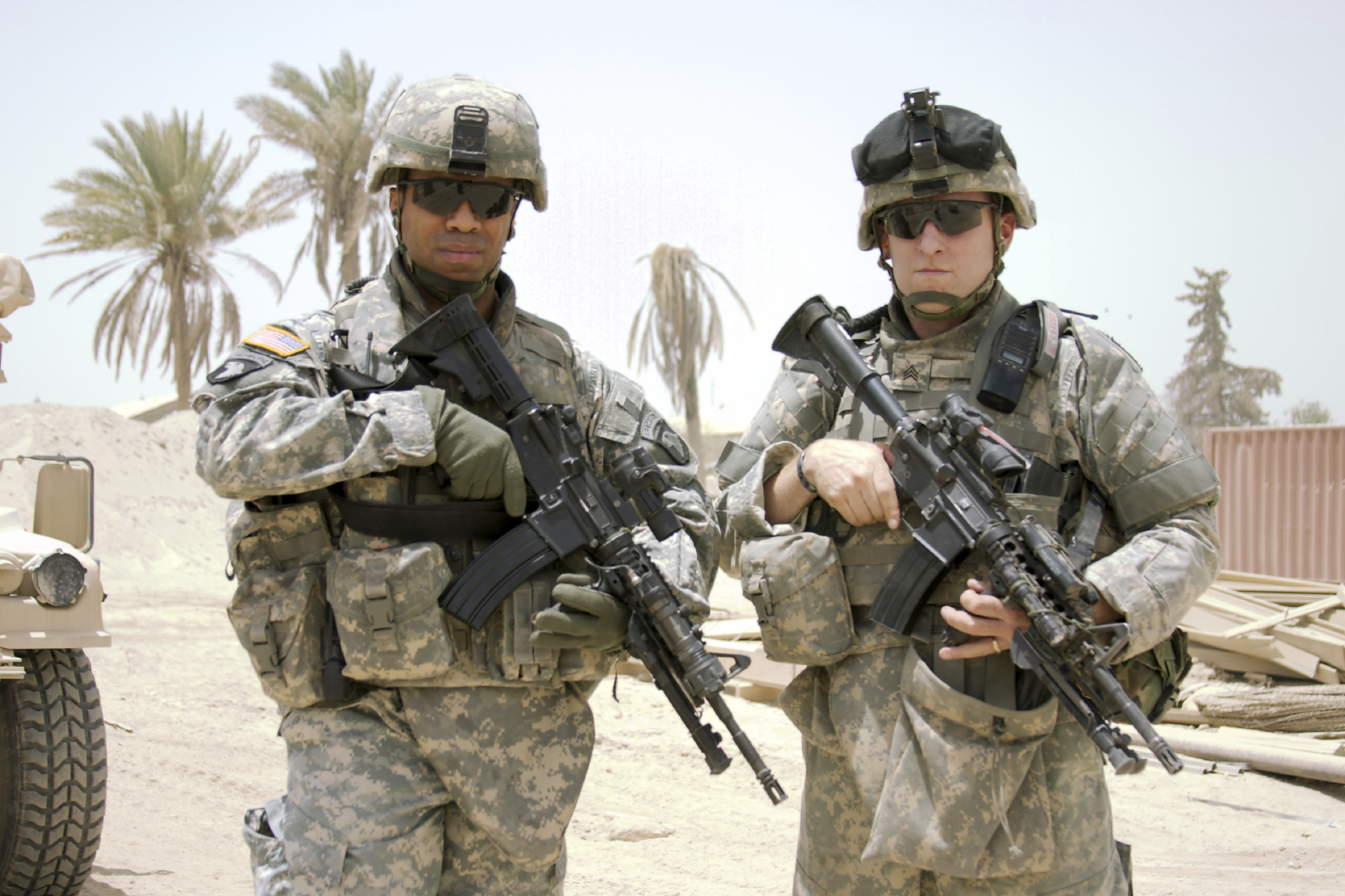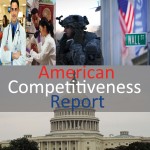
Veteran Unemployment and American Competitiveness
This week the Dow Jones Industrial Average set a record high, a historic feat sure to kindle optimism about the U.S. economy at what is otherwise a gloomy moment.
There are more hints of brightening skies off Wall Street.
The overall unemployment rate is down from 8.3 percent a year ago to 7.7 percent in February, according to the latest Bureau of Labor Statistics, though there are still 8 million people who are effectively under-employed.
Among veterans, the overall unemployment rate is 6.9%. In one of the troubling indications that rallying markets and headline data don’t tell the complete story of the current state of the American economy, the unemployment rate for veterans of what the BLS calls “Gulf War-era II” is 9.4%. That is about 203,000 Americans.
There should not be so many from this cohort of recent veterans of operations in Iraq, Afghanistan and elsewhere outside of the labor force looking in.
More can be done in the public and private sector. The armed forces are expected to downsize post-Iraq and Afghanistan, which will free up more service members for the civilian work force. As more than a decade of conflict is ending, this is the kind of shift that the U.S. should make the most of.
It is encouraging that big companies such as General Electric are investing in training veterans in high-tech manufacturing skills. This is a sound step. Filling STEM, or science, technology, engineering and math, skill gaps in the U.S. workforce should be a broad goal. What these recent veterans offer is technical expertise, leadership experience and public service. They should be a cornerstone of the 21st Century U.S. work force.
Among the broader work force, funding for such training, and worker retraining, is under threat from across the board federal budget cuts that are expected to hit such state programs hard. This is the time to think, and invest, strategically. It is not the time to pare back support for long-term investments in America’s economic growth and national security.
The Dow Jones Industrial Average and the other market indices are traditionally seen as near-term leading indicators for the U.S. economy. Perhaps a better way to get a handle on the economy’s trajectory is how much the public and private sector are investing to shore up American competitiveness.
Check out ASP’s White Paper on American Competitiveness that discusses these issues further:
Read our Blogs and Listen to our other podcasts in the series:
Podcasts:
Living with uncertainty in the defense industry
Adm. William Fallon (Ret.) on sequestration and American Competitiveness
Sequestration – what’s happening in the States
American Competitiveness and National Security – Podcast
Blog Posts:
Harvard Business School survey finds more pessimism about U.S. competitiveness
Competitiveness – Education: What most schools don’t teach
Sequestration – damage to American competitiveness
Energy R&D Critical to American Competitiveness







[…] Veteran Unemployment and American Competitiveness […]
… [Trackback]…
[…] Find More Informations here: americansecurityproject.org/blog/2013/veteran-unemployment-and-american-competitiveness/ […]…
[…] Veteran Unemployment and American Competitiveness […]
[…] Veteran Unemployment and American Competitiveness […]